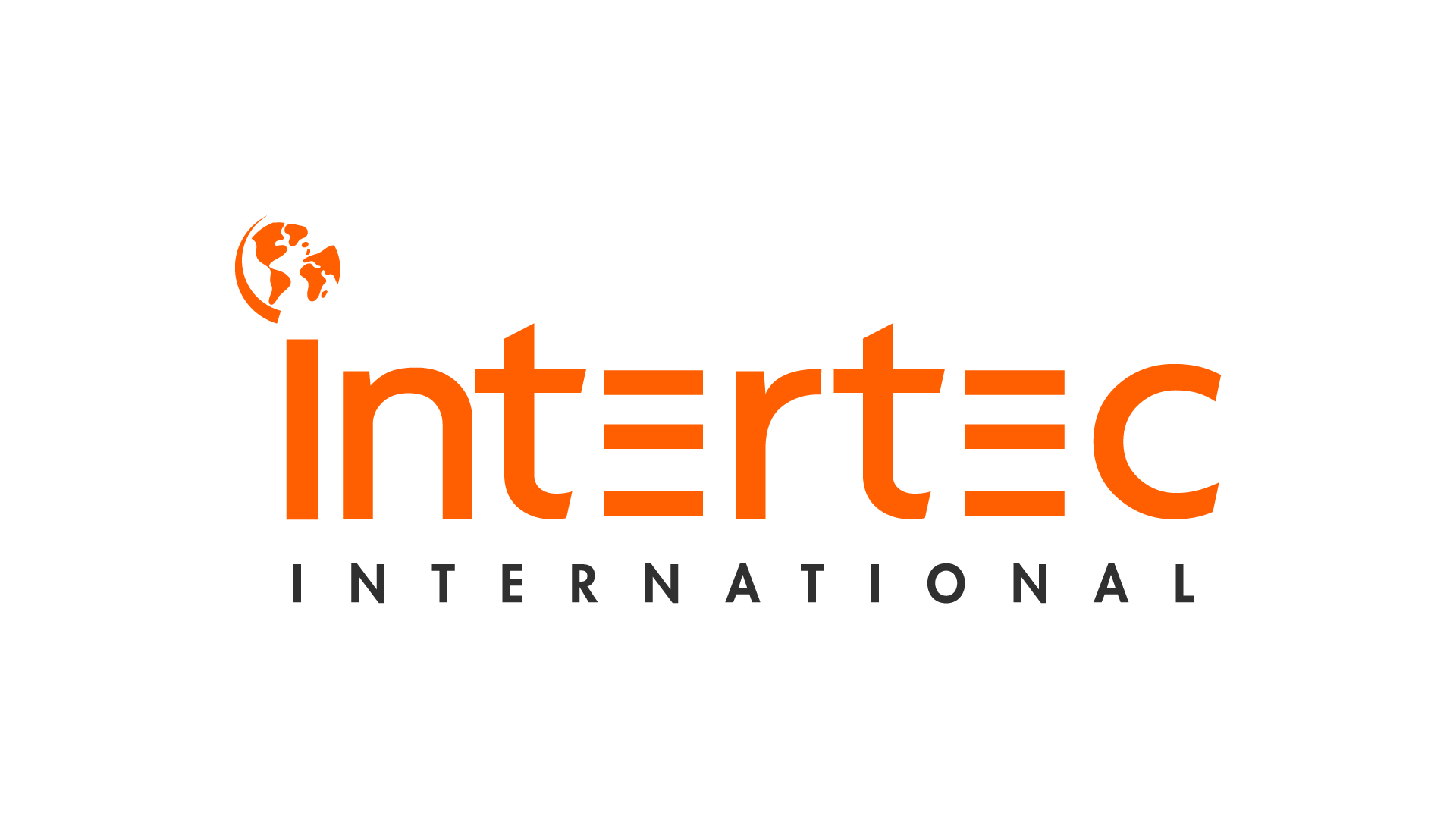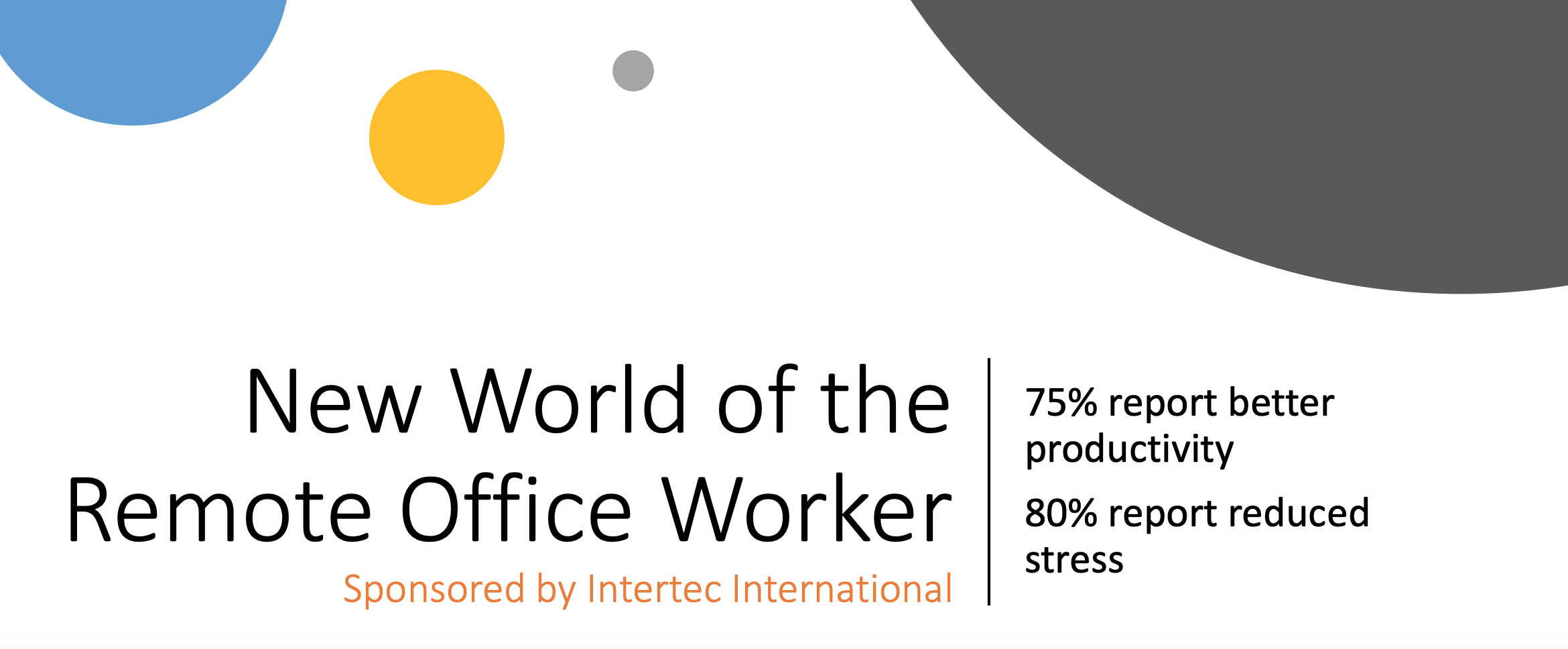So many of our daily lives revolve around popular work tracking and workflow management tools that it can be easy to forget their limitations. Whether out of habit or because we don’t know what other options are out there, it’s sometimes simpler to ignore the fact that setting up a repeatable pipeline for complex, repetitive tasks is just not what this particular tool was designed to do. Rather than looking around for add-ons or other tools to help manage project workflows, we just clone an existing story and manually adjust it to reflect the specifics of the new migration project, onboarding workflow, development cycle, etc.
 This might not seem like a big deal—especially once you’ve gotten used to doing things a certain way. But without the right tools for monitoring complex workflows and processes, you could be slowing down your development teams, reducing visibility, and ultimately setting yourself up for disruptions.
This might not seem like a big deal—especially once you’ve gotten used to doing things a certain way. But without the right tools for monitoring complex workflows and processes, you could be slowing down your development teams, reducing visibility, and ultimately setting yourself up for disruptions.
Cost Implications of Repetitive Tasks
Studies show that 22% of a typical employee’s time is spent working on repetitive tasks. The not-so-hidden suggestion here is that by finding a way to automate repeatable tasks, or to manage them within a clearer, more responsive framework, you could save significant costs. And this phenomenon extends well beyond software development—the same study found that manual onboarding processes involving physical documents cost 20 times more than digital processes bolstered by computer assistance. Imagine how much money the average organization could save just by optimizing the new hire onboarding process?
Of course, not all digital solutions are created equal. Let’s imagine two different hypotheticals: In the first scenario, your HR team has a Kanban board that represents all of the tasks that need to happen in order for someone to be successfully onboarded after they’re hired. This includes giving them an email account and a work computer equipped with the applications relevant to their work, any mobile device management software you might be using, etc. It also means setting up direct pay to their bank account, which requires getting account information from them. And it means giving them information about benefits and letting them make the operative choices about their health plans, retirement accounts, stock options, etc. Each of these tasks is its own ticket on the board. But because so many of the steps have to happen in a particular order, from looking at the Kanban board it’s not obvious what actions you should take in what order—just as it’s not obvious what stage of the process you’re actually up to and whether there’s anything blocking that progress. When the next hire comes along, you recreate the whole thing from scratch.
Now, in the second hypothetical, you have a reusable onboarding pipeline template. You create a new pipeline based on this template, and you’re immediately shown not just a series of individual tasks, but an overview of the multiple connected processes, such that you can see how one task flows into the next. This helps you visualize dependencies, identify which things can be done in parallel, and immediately identify areas where you may have gotten stuck. When you’re finished with this round of onboarding and the next new hire comes along, you spin up a new pipeline with just a couple of clicks.
Maybe this gives you back one day or productivity every few new hires—but if imagine the same framework applied to something like a cloud migration that might have thousands of individual tasks that need to be monitored, tracked, and organized into a comprehensive pipeline. The potential differences in productivity—and thus the potential differences in cost in terms of person-hours—can add up quickly. For this reason, the right workflow management platform will have features that facilitate, in a repeatable way, this kind of comprehensive view of the entire process pipeline.
1. Templates for Repeated Processes
There are some businesses that might think of something like a cloud migration as a one-and-done event, i.e. something that they don’t expect to repeat on the same scale any time soon. In those cases, the ability to recreate a migration pipeline and repopulate it with new tasks for a new migration probably isn’t critical. But for any business that performs large, complex workflows and processes on a repeated basis, it’s important to have reusable pipeline templates that you can easily adapt to new projects. If, for instance, your business drives towards a new software release every year, you don’t want to reinvent the wheel every time—rather, you want to have a formally established process in place that you can visualize at different levels of granularity as you go. Sure, you could copy an entire story and then fuss with it until you’ve scrubbed all of the project-specific information and requirements from it—but wouldn’t it be easier to simply start from a generic process template that you’ve refined over the course of multiple projects of the same type? Undoubtedly, this would save significant time and effort that could be given back to more valuable tasks: coding, fixing bugs, training new hires, etc.
2. SLA Tracking
Another real challenge that businesses run into when they undertake complex task management processes is keeping timeline and other requirements in view throughout the entire lifecycle of the project. Again, this is something where you can probably jury-rig your current system’s baseline functionality to give a set of deadlines to particular tasks—but this requires manual effort that can take time. Not only does it slow you down, it gives you an imperfect account of what’s actually going on with your ability to meet your commitments.
In a perfect world, the ability to track the progress of all the tasks in your pipeline against the relevant SLA would be a built-in feature of whatever workflow management system you’re using. In this way, you can immediately visualize whether you’re on track for on-time delivery—and if you’re not, you can pinpoint the areas where things aren’t moving as quickly as they should be. From there, you can work quickly to get the relevant tasks unstuck and the whole pipeline moving again. Better yet, you could seek out a solution that showed you countdowns to completion for individual tasks, such that you could get an even more in-depth view as needed. As a bonus, this kind of time-tracking integration would also help you to monitor productivity over time.
3. Ease of Integration
So far, we’ve spent a fair amount of time talking about the limitations of common work tracking tools for the purpose of gaining insight into a full project pipeline, as opposed to a discrete set of tasks. This isn’t intended as a call-out. These tools can be incredibly useful—they just aren't designed around the idea of a repeatable pipeline, which means that using it for that purpose will cause wasted time and frustration that can cut into your bottom line and your time-to-market. If your business depends on teams performing the same set of complex processes on a repeated basis, you’ll want your tools to reflect that fact and make it easy to visualize and monitor that pipeline.
What you won’t want is to throw the baby out with the bathwater. If Jira, for instance, is working for your teams, great! You shouldn’t have to ditch it in order to decrease the manual effort that goes along with workflow management. Instead, you should be able to find a workflow management solution, process management tool, or process monitoring tool that integrates with other solutions to provide you a comprehensive, end-to-end view of your projects. This way, you can gain insight via ticketing and process monitoring, gaining the benefits of each at the same time through integration.
Since the idea here is to take what’s working well and replicate it without requiring a ton of time-consuming administrivia, it’s important to choose a tool that plays nicely with the solutions and tools that are already adding value for your team in one way or another.
4. Pipeline Views
Alright, we’ve been dancing around this feature for the last several paragraphs. The key to success in complex processes—especially processes like cloud migrations that involve thousands of individual tasks—is to gain visibility not just into the tasks themselves, but the flow of one process into another and the way that those processes build up to a finished project. In other words, you need a pipeline. And while a pipeline is fundamentally a logical or conceptual framework for project and task management, it can also be the basis of visualizations. Simply put, if you’re able to see the entire stream at once, you can discover and fix blockages more quickly and easily.
If you have to look into individual tickets to see whether a particular leg of the pre-work process is on track, you’re going to spend a while wading through irrelevant information. If you can see from a mile away whether a particular leg of the process is delayed, blocked, on track, 60% done, etc. you can immediately drill down to the salient details. Thus, if you can get a full visual of your workflow management pipeline, you can identify disruptions proactively and address them more quickly than ever. The result is smoother workflow management with less wasted time.









